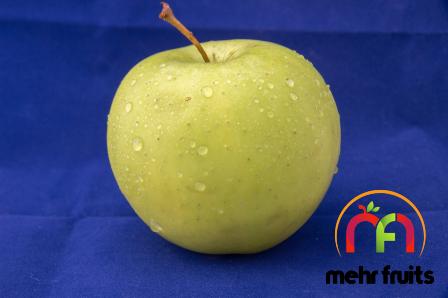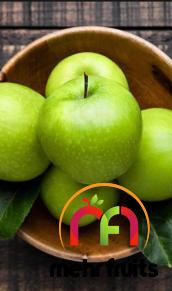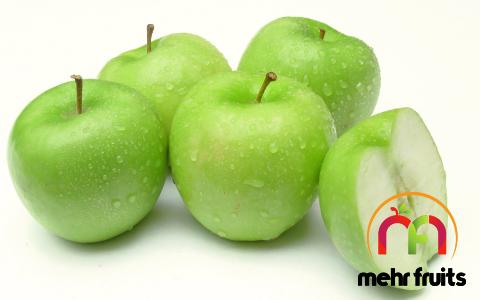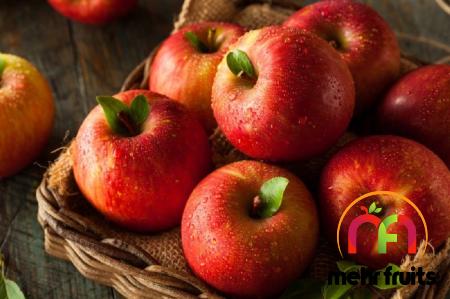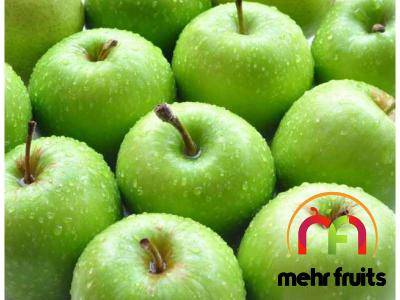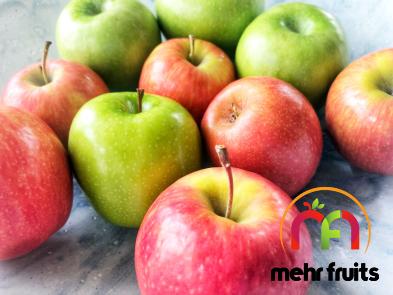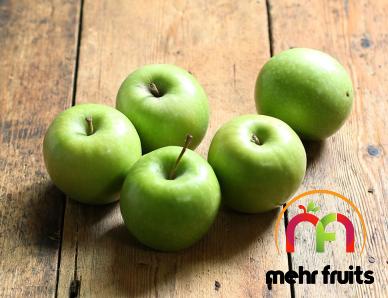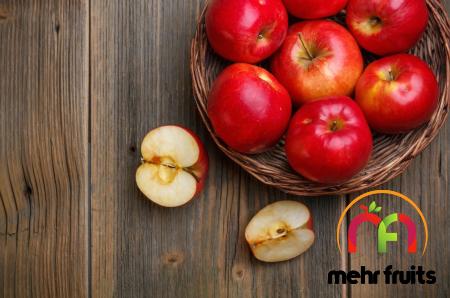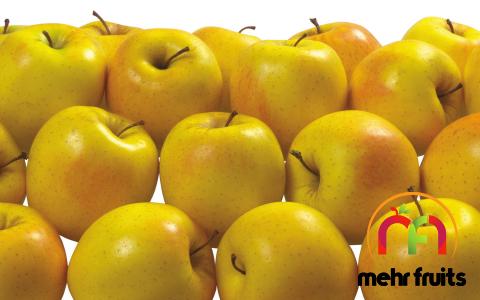Importing Newtown pippin apple tree
If your choice is importing the Newtown pippin apple tree you have to have enough information about this type of apple: A Description and Tasting The size and form of a pippin apple can vary, but it typically has the form of an oval or a flattened rectangle with ribs
Pippin apples are sometimes known as crab apples
There is a good chance that their skin is yellow or green in color, and it frequently has a pink or lentic glow
The pulp, which varies in color from yellow to white that has a greenish tint to it, is very rich and delicious
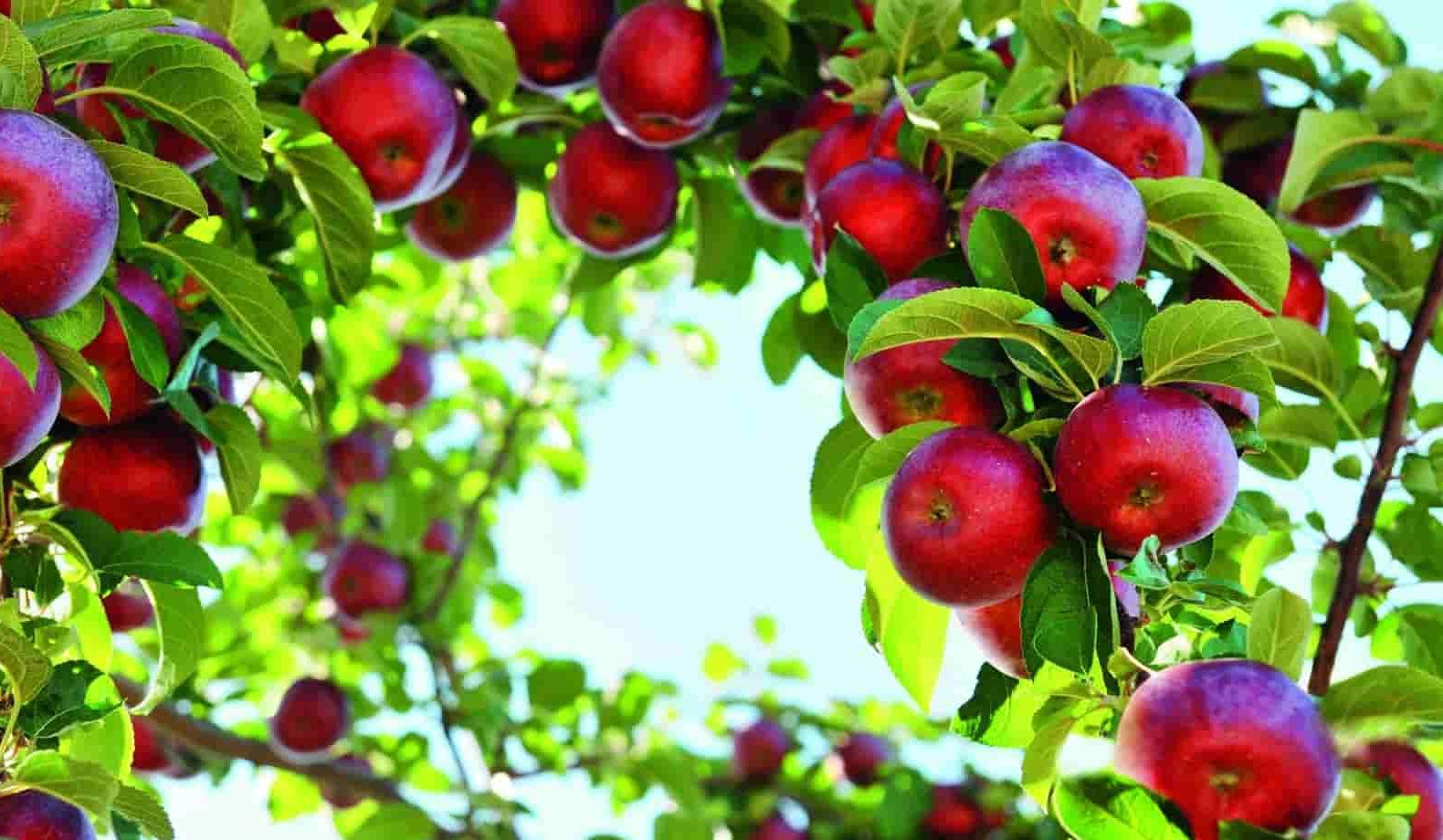
It has a lovely flavor, with the perfect balance of sweet and sour, honey, and pineapple, which makes it quite refreshing
After being kept in storage for at least a month, apples develop a flavor that is far superior to that of apples that have been plucked directly from the tree
Season/Availability: You may get your hands on some Newtown Pippin apples beginning in the middle of the fall and continuing all the way through January
The most recent information available: The Newtown Pippin apple is a variety of late-ripening apple that was first cultivated in the United States of Colonial America
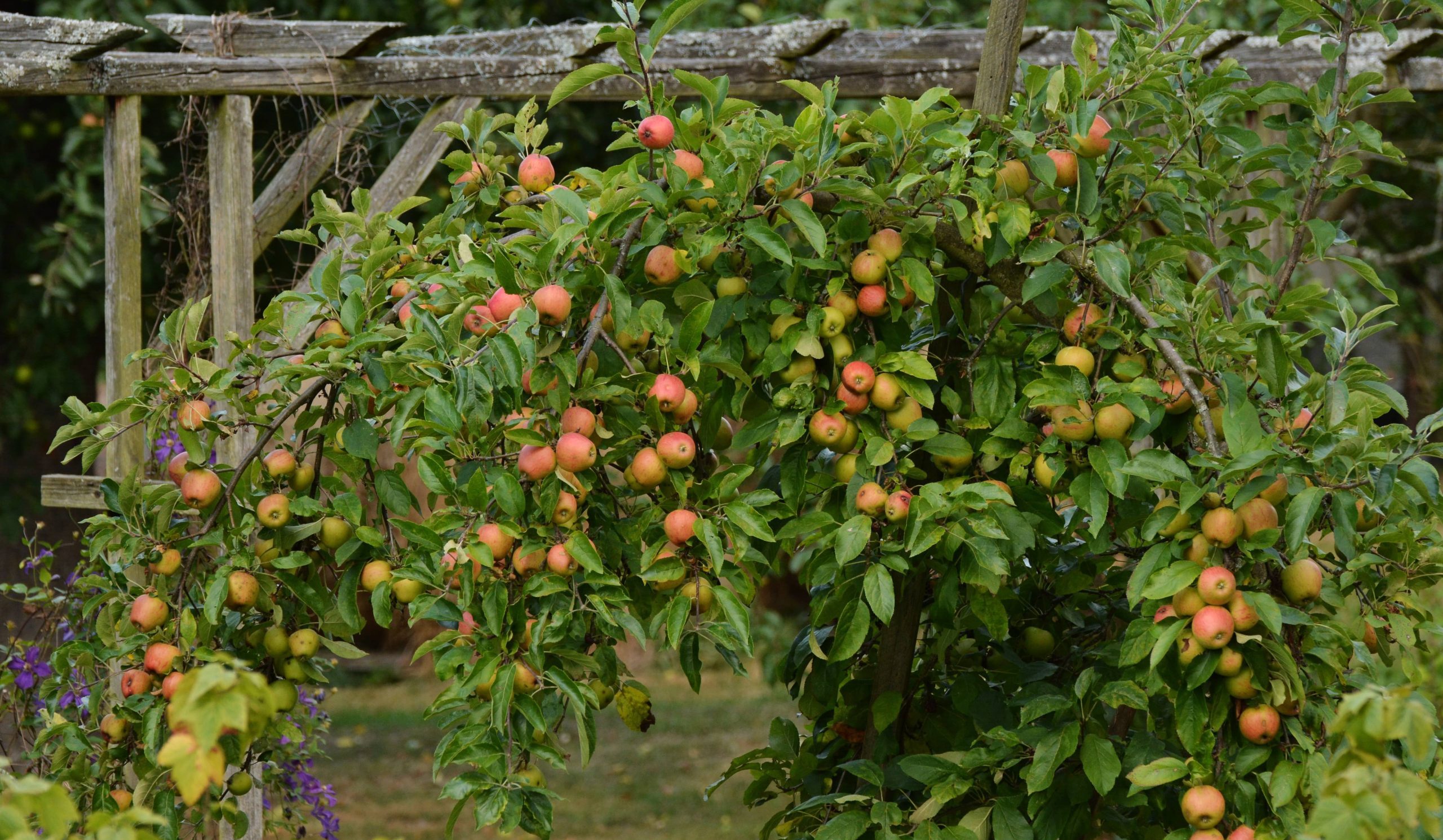
It is currently debatable whether or not there are in fact two distinct varieties of Newtown Pippins, green and yellow
Specifically, the question at hand is as follows: There are those who say there are actually two, while others think there is just one that is mostly green but has yellow spots here and there
There are certain instances in which it is described as the Albemarle Pippin
It is not known where the apple originated; nevertheless, Newtown Pippins is thought to be the progenitor of other apple types, including Ginger Gold, Virginia Gold, and Lamb Abbey Pearmain
The origin of the apple is unknown
Nutritional Value: An apple of medium size has fewer than one hundred calories, and it is also devoid of sodium, fat, and cholesterol
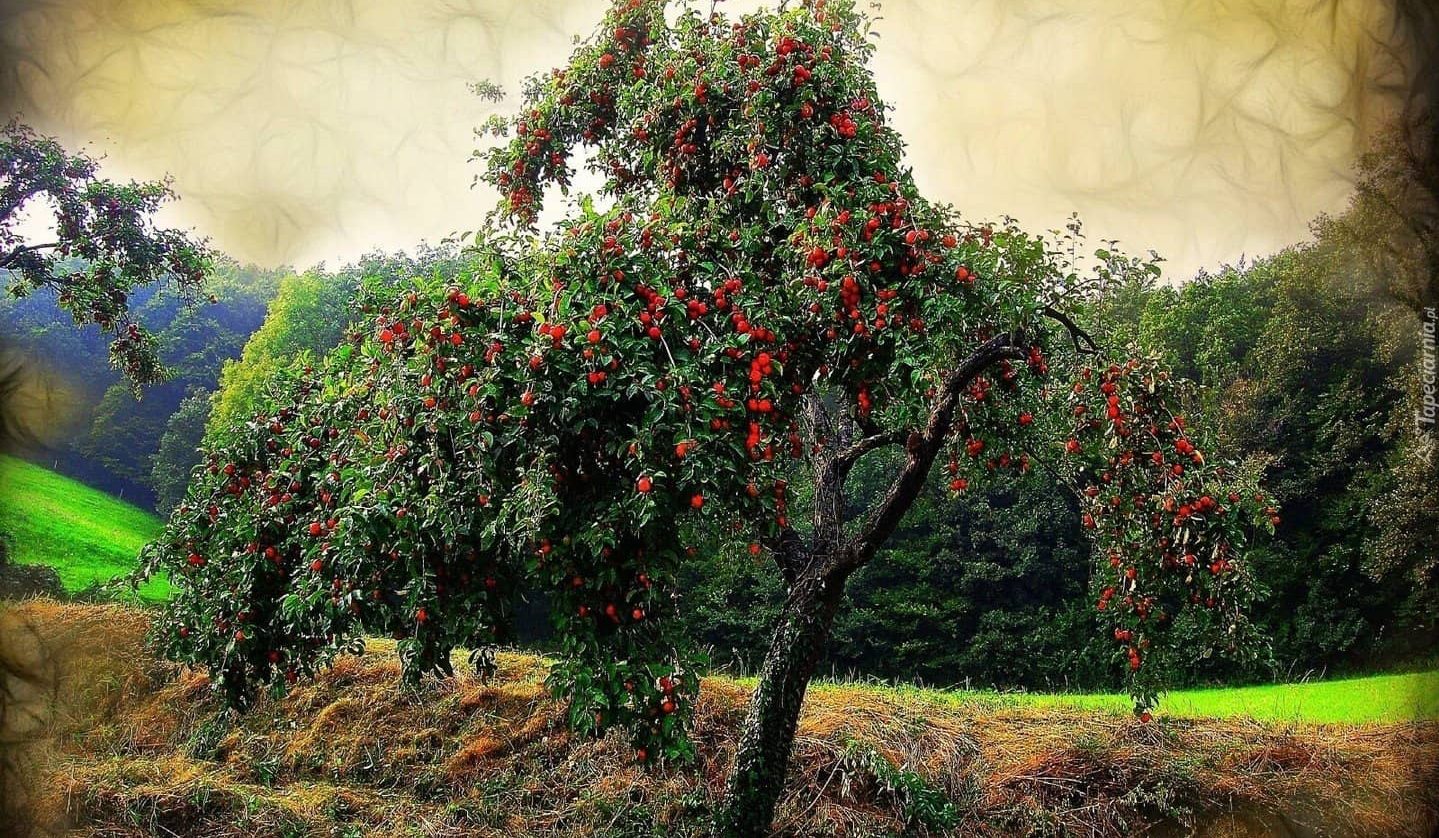
Apples are a good source of fiber, which helps lower blood pressure
Apples contain a wide range of useful components at exceptionally high concentrations
Apples have a dietary fiber content of 4 grams per apple, which is equivalent to 17 percent of the daily requirement recommended for an individual’s intake of fiber
This fiber is beneficial to the digestive process
Apples contain traces of the B vitamins and the mineral boron, in addition to vitamin C and a wide range of other antioxidants
Boron is also present in apples
Application: It is a versatile apple that can be consumed raw, put to use in the kitchen, used to make juice, dried out, and fermented into hard cider
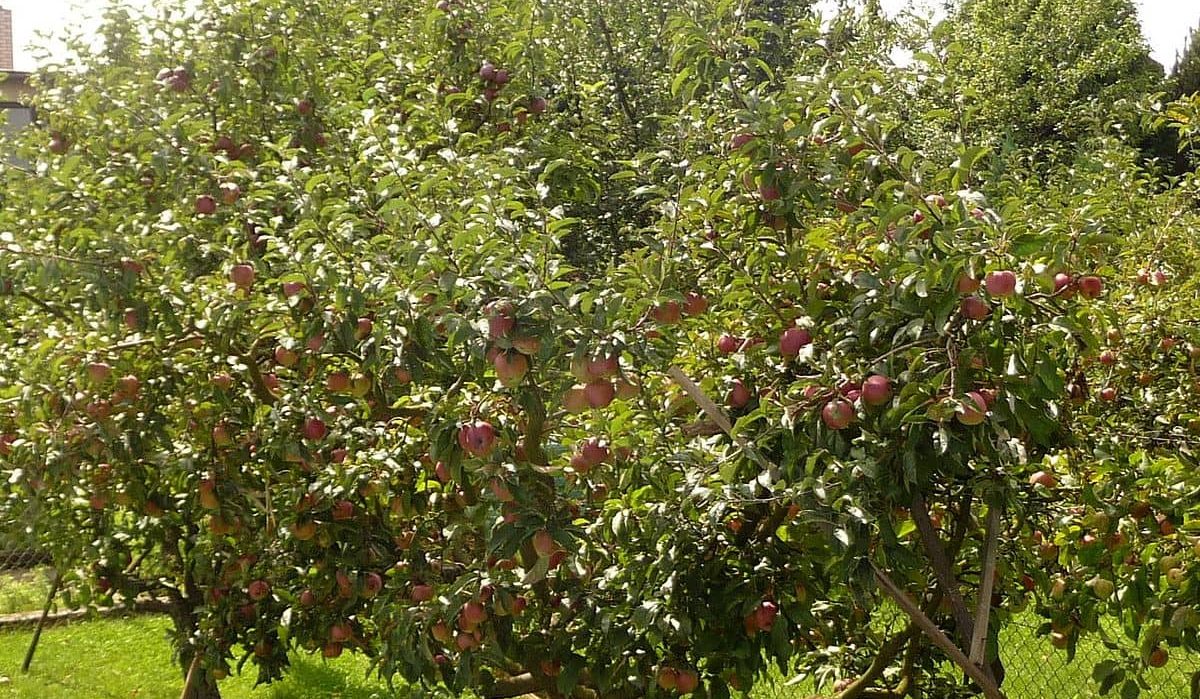
All of these things may be done with this apple
It is possible to process them into a delectable puree, and they work wonderfully when baked into pies and used to make applesauce
Additionally, they can be processed into jam or jelly
Its one-of-a-kind flavor pairs exceptionally well with traditional apple flavors like cinnamon and nutmeg, in addition to mellow nectar, which is another one of its complementing flavors
This species can be preserved for at least three months if it is stored in a setting that is suitable for preservation, is cool and dry (like a refrigerator), and is conducive to storing food
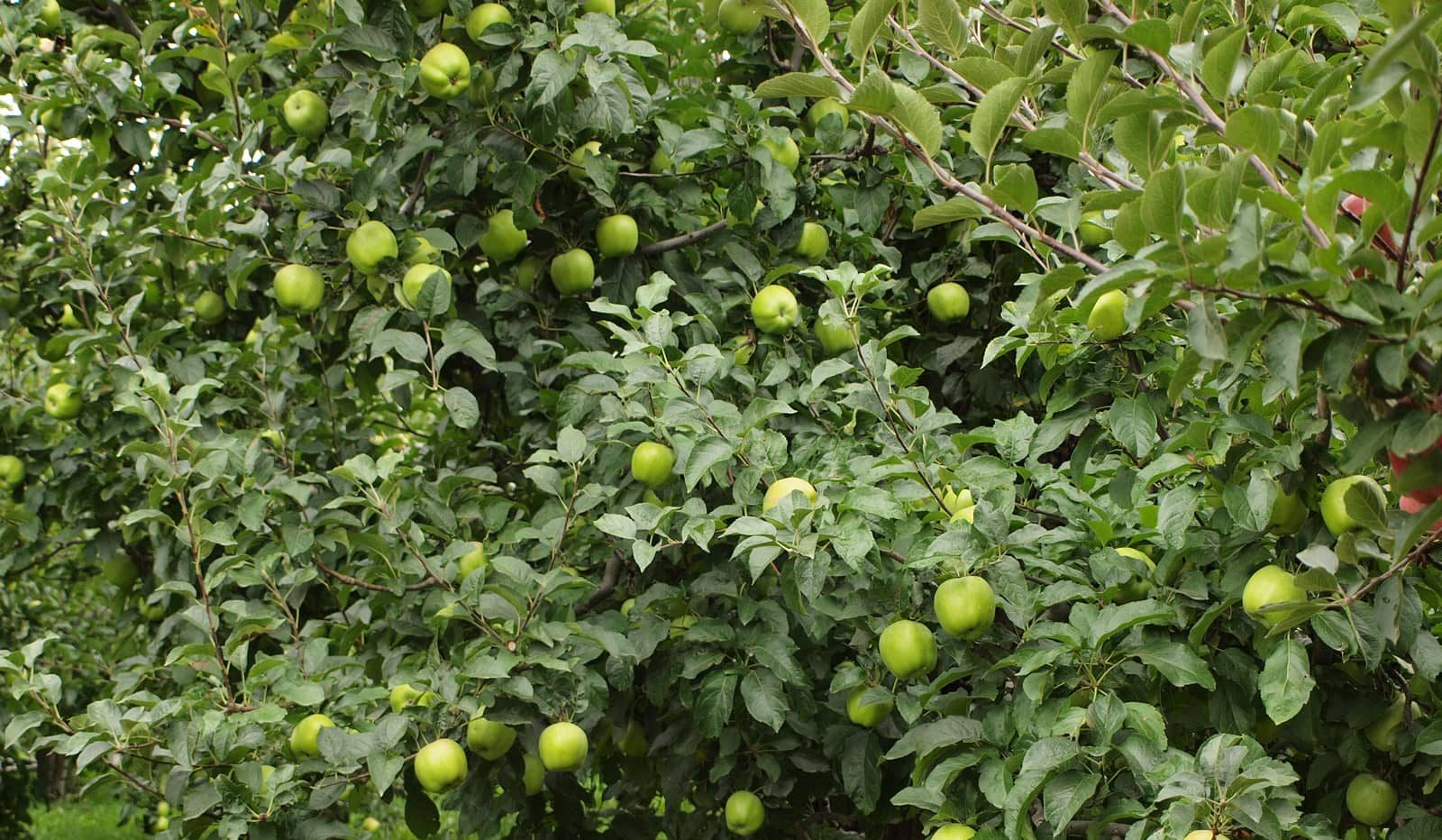
Ethnic/cultural information: Even though they were once regarded as a valuable apple in both the United States and Great Britain, Newtown Pippins have seen their popularity decrease over the course of time
This is despite the fact that they were originally grown in both countries
Customers and gardeners in Victorian England liked the one-of-a-kind and powerful flavor that this plant offered, which contributed to the rise in popularity of this plant during that time period
Since that time, it has had a decline in popularity in the commercial market; despite this, there are still many people who are interested in purchasing it as an antique, and it is still primarily used for the purpose of processing
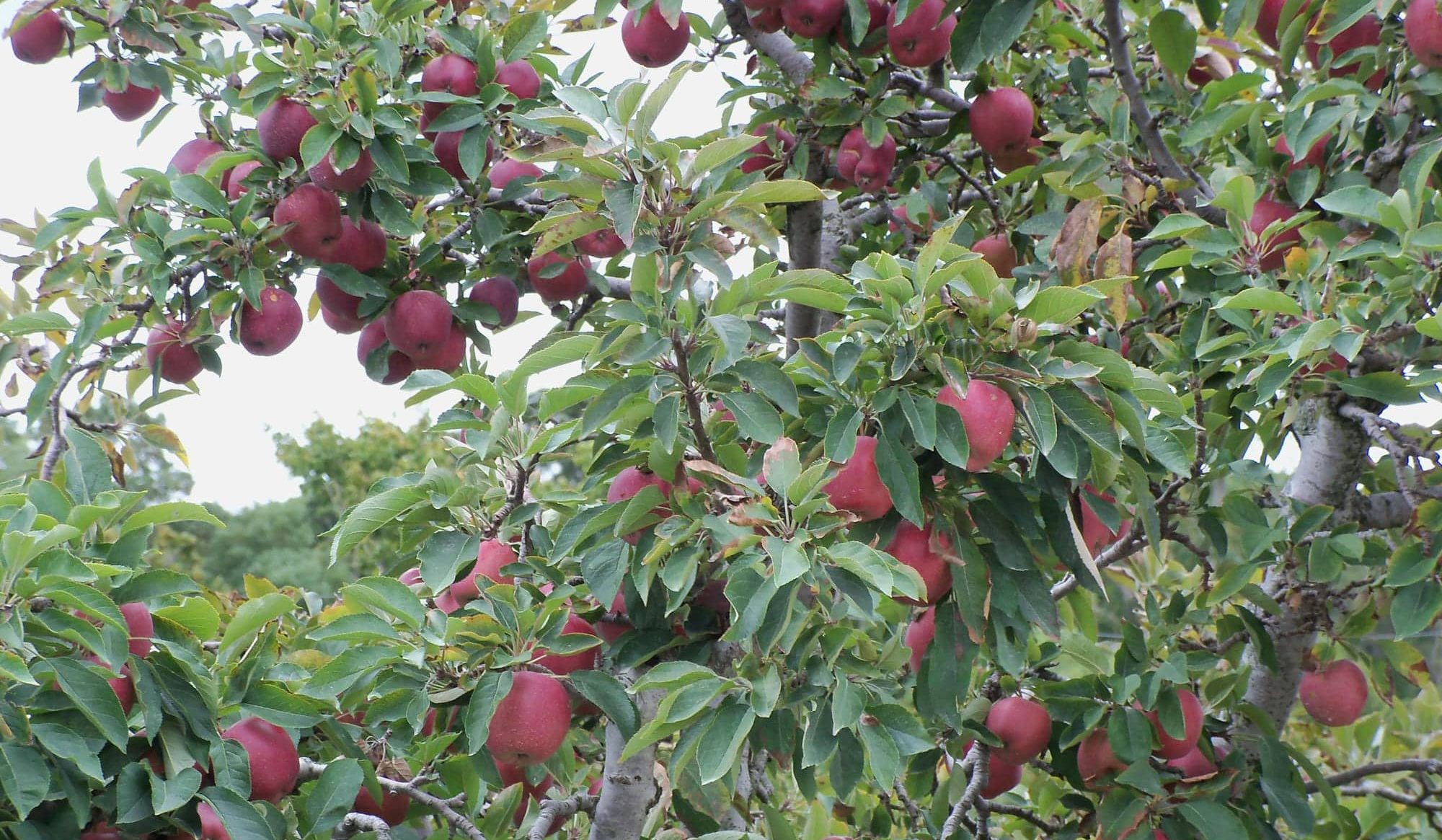
Geography/History: Newtown Pippins were first cultivated on the estate of Gershom Moore in Newtown, Long Island, maybe as early as 1666 with seeds imported from England
They are believed to have been named for Gershom Moore
Gershom Moore was honored with the naming of the estate
In succeeding years, both George Washington and Thomas Jefferson grew them on their own estates
The Newtown Pippin apple is credited as being one of the first varieties of apple to be successfully cultivated in the United States
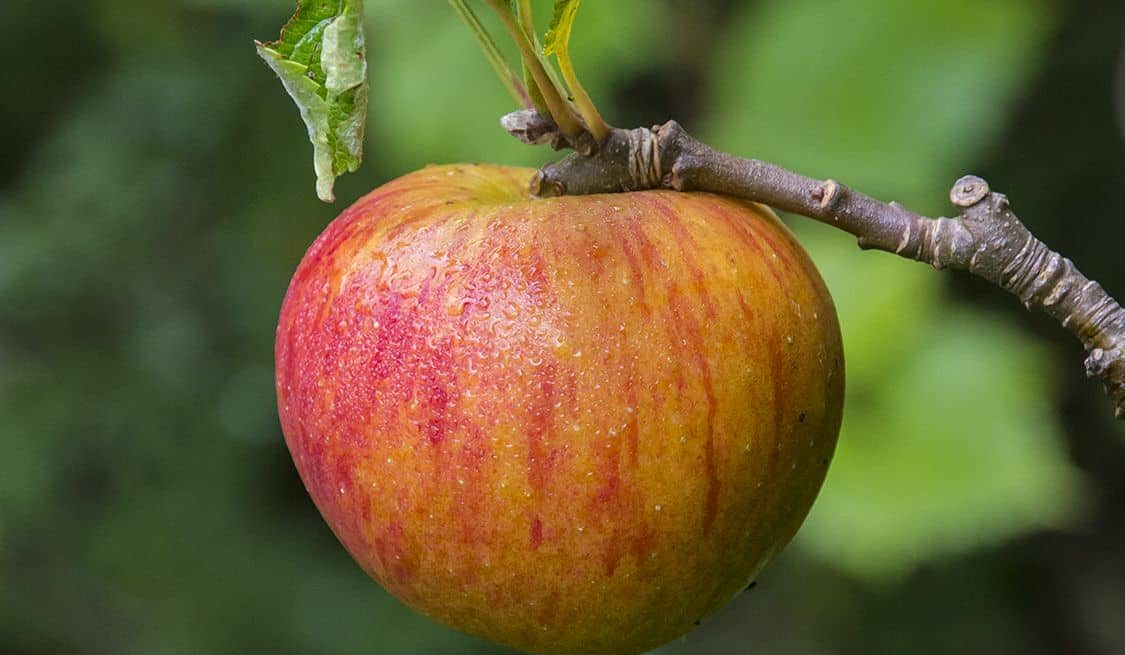
It was also one of the first apples to be carried from the United States to England in the year 1759, and it did so in this apple
Throughout the 18th and 19th centuries, this apple was very popular and achieved a lot of commercial success
During the 1800s, the states of New York, Virginia, Oregon, and Washington were the locations where commercial cannabis production took occurred
The cultivation of Newtown Pippin apples thrives best in warm climates, such those that may be found in the states of Virginia, North Carolina, and Georgia, for example
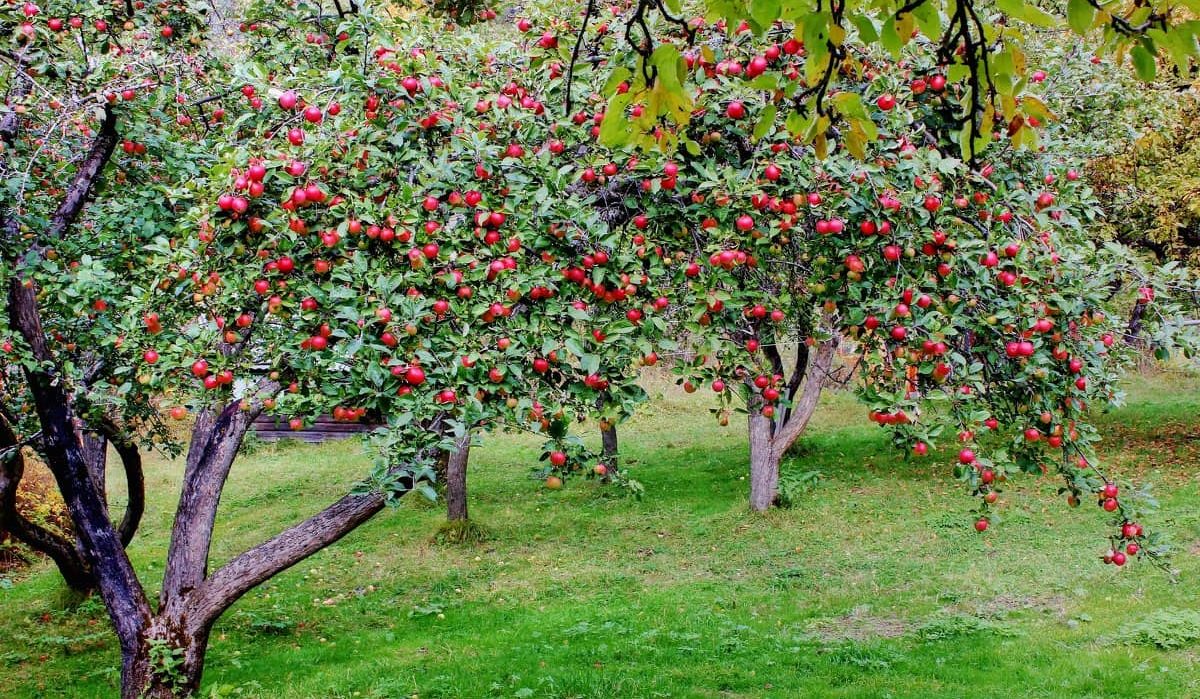
Apple tree
You can find some of the compelling arguments in favor of adding an apple tree to your property here, including the fact that there are many strong reasons in favor of you seriously considering doing so
Apple trees have the potential to continue producing delicious fruit for many more years into the foreseeable future as long as they receive the necessary amount of attention and care
This is the case so long as they are given the proper attention
Apple trees, despite the ease with which they can be cultivated and maintained, do require a significant amount of expertise and labor in order to ensure that the trees continue to be healthy and produce an abundant harvest
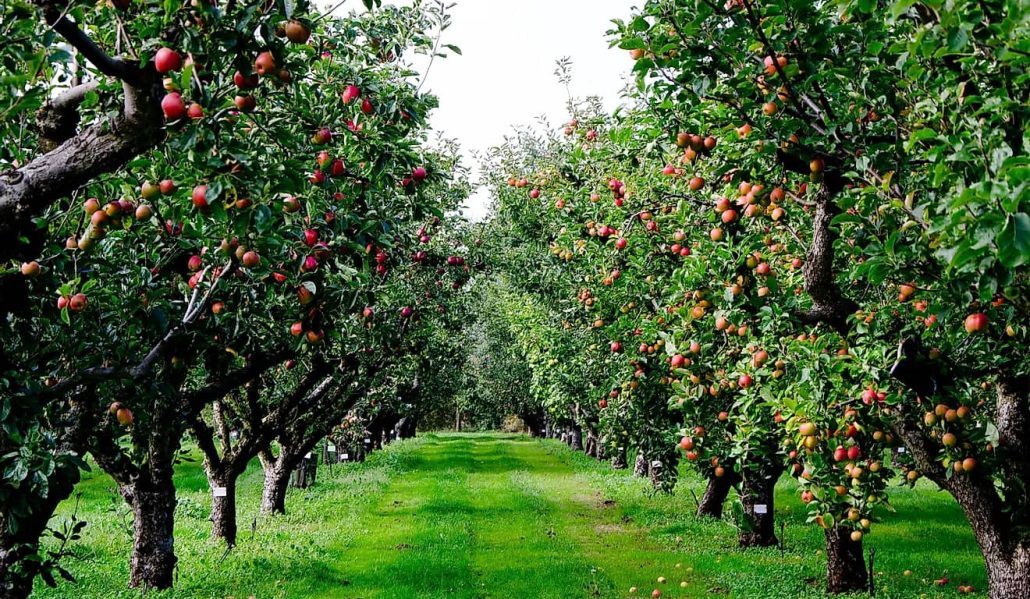
This can be accomplished by ensuring that the trees are pruned regularly and that they receive adequate amounts of water
This can be performed by ensuring that the trees receive sufficient quantities of water and that they undergo routine pruning on a regular basis
This can be accomplished by adhering to a routine plan for the trees’ annual pruning and fertilizer treatments
The trees will benefit from this in the long run
This apple tree guide will help you learn everything you need to know about choosing an apple tree, planting it, and caring for it as it grows; after that, we will cover harvesting, processing, cooking, and other topics related to apples
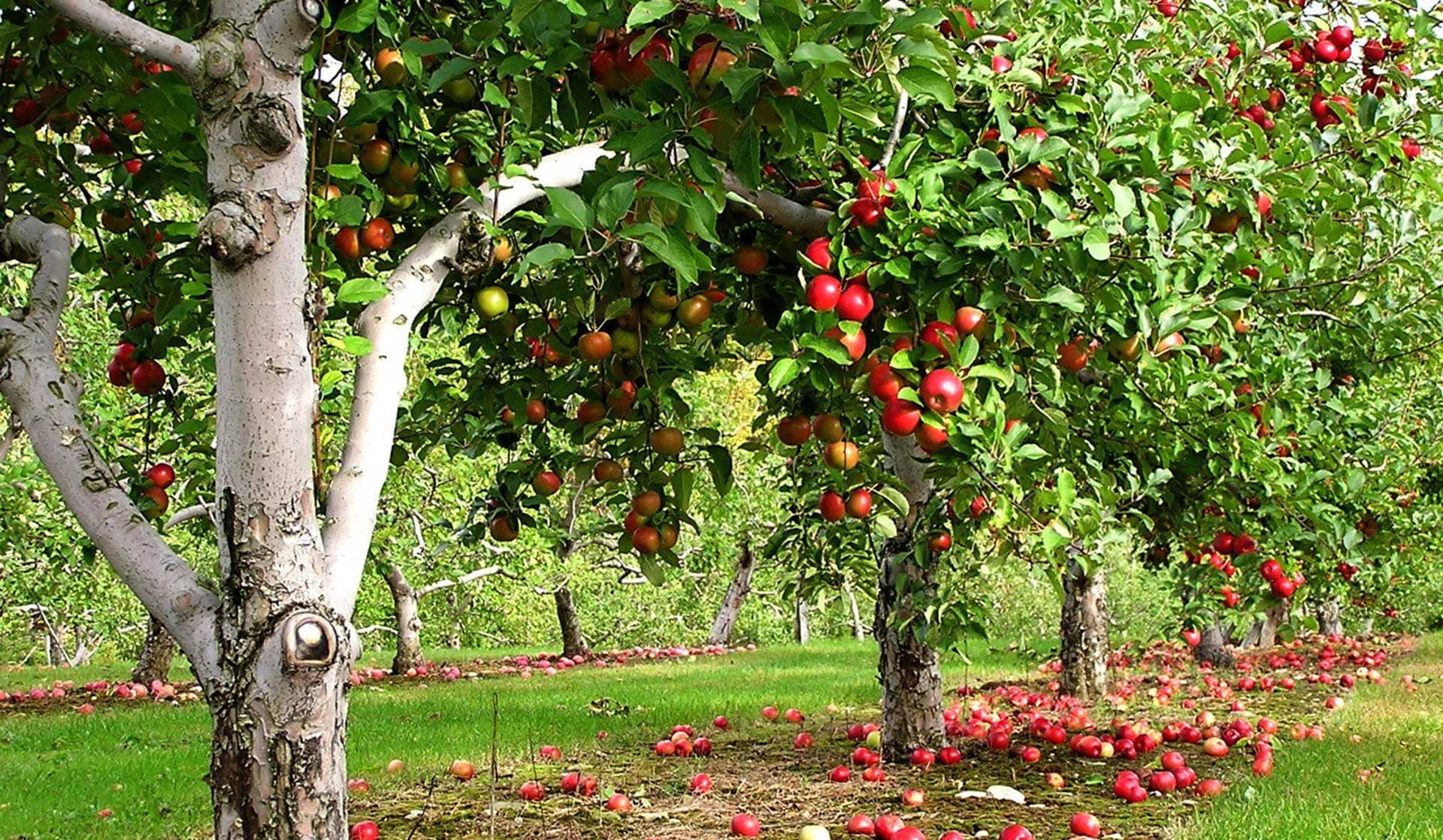
If you want to learn more about apples, check out our other guides
Check out some of our other guides if you’re interested in learning more about apples
Because of their versatility, apples are a fruit that may be utilized in a broad variety of diverse settings and settings
Planting Apple Trees, Choosing the Right Apple Tree for Your Location and Needs: When it comes to selecting apple trees, the first thing you need to do is conduct research on the various kinds of trees to discover which kinds have the best chance of flourishing in the area where you intend to plant them
Only then can you choose which apple trees to buy

After that, and only then, will you be able to make an educated selection about which apple trees to purchase
The action that comes before it in the procedure is the one that carries the most weight
Using the map that has been provided for your perusal in the following paragraphs, you should be able to localize your area on the map in a time frame that is not overly lengthy
The United States Department of Agriculture (USDA) created this map as a tool to assist in the selection of plants that are suited for growing in each temperature zone
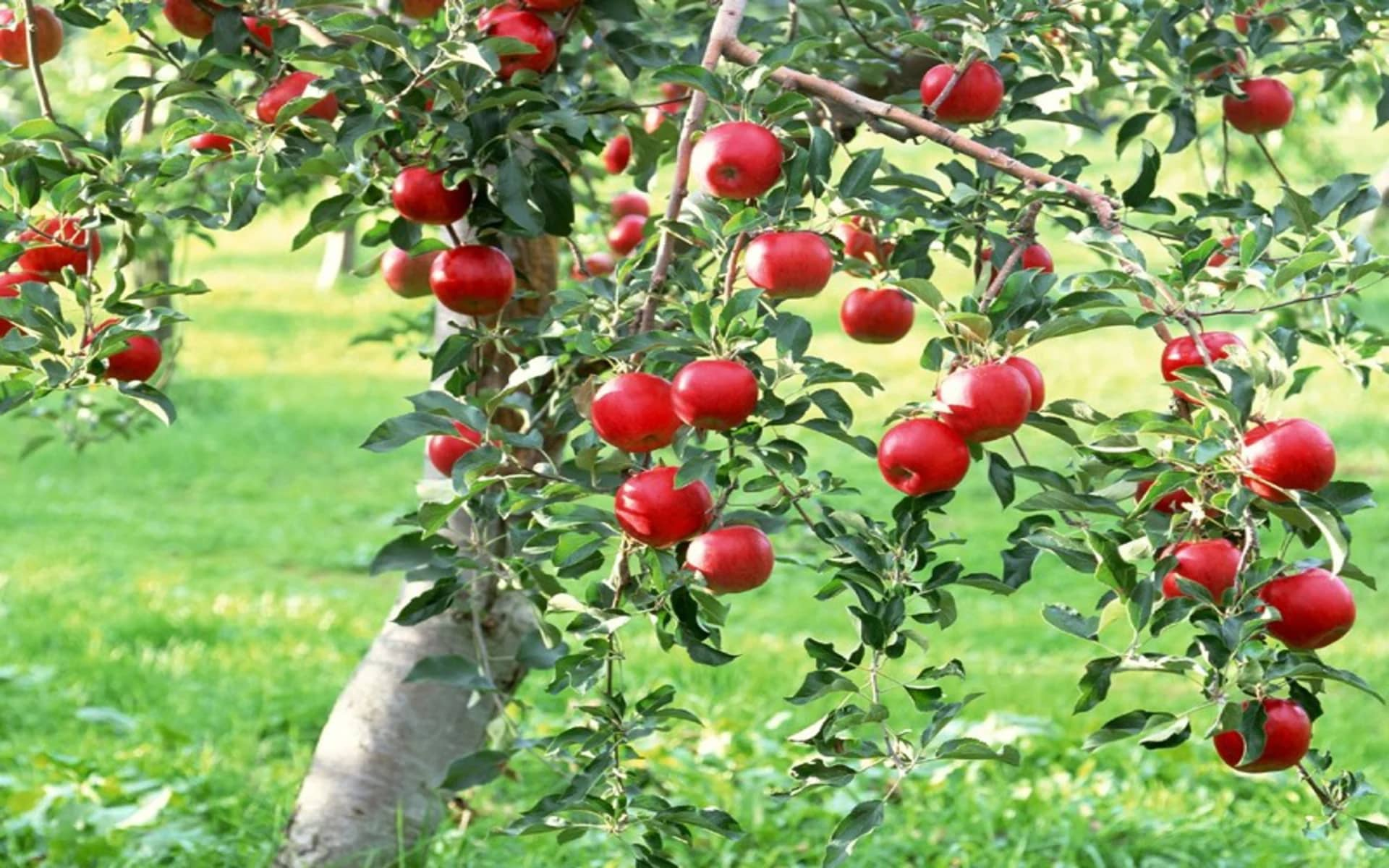
The map may be found on their website here
It is possible that the map is located here
The next thing you need to do is select the variety of apple that you want to serve as the cornerstone of your very own orchard once it is completely operational
Do you like your apples to be prepared in the form of apple cider, cooked, or in some other way? If not, are you seeking for something else different?
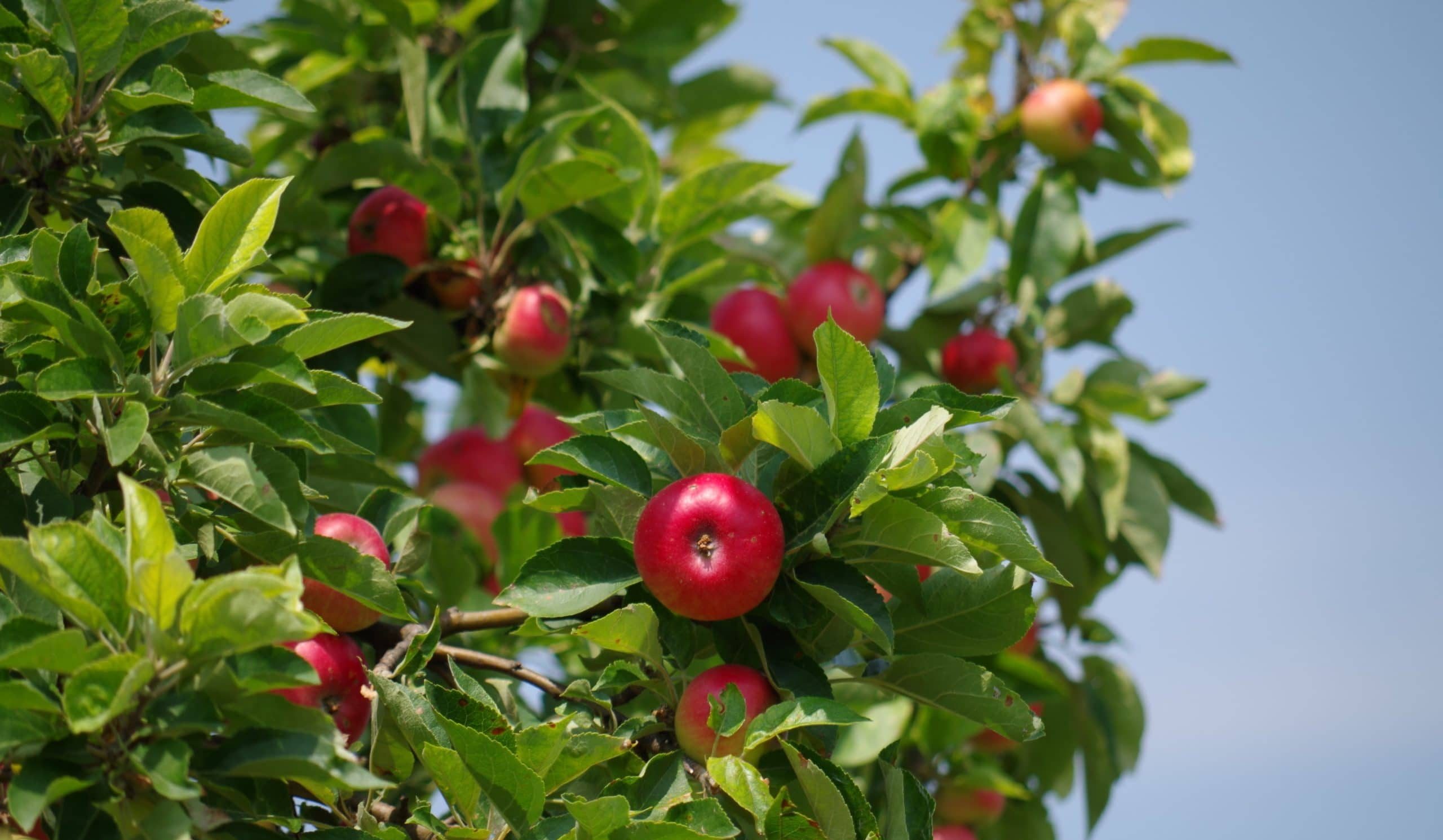
Importing apple
Importing is not an easy thing to be done easily, especially in European countries
What conditions must be met before Apple can sell in Europe? Apples must adhere to the same standards as other fresh fruits and vegetables
On the CBI Market Intelligence Platform, you may find these under “General Buyer Needs for Fresh Fruits and Vegetables
” What conditions must be fulfilled? One of the main challenges facing fruit and vegetable providers is avoiding pesticide residues and contamination
The European Union establishes maximum residual levels (MRLs) for pesticides in and on food in order to prevent harm to human health and the environment
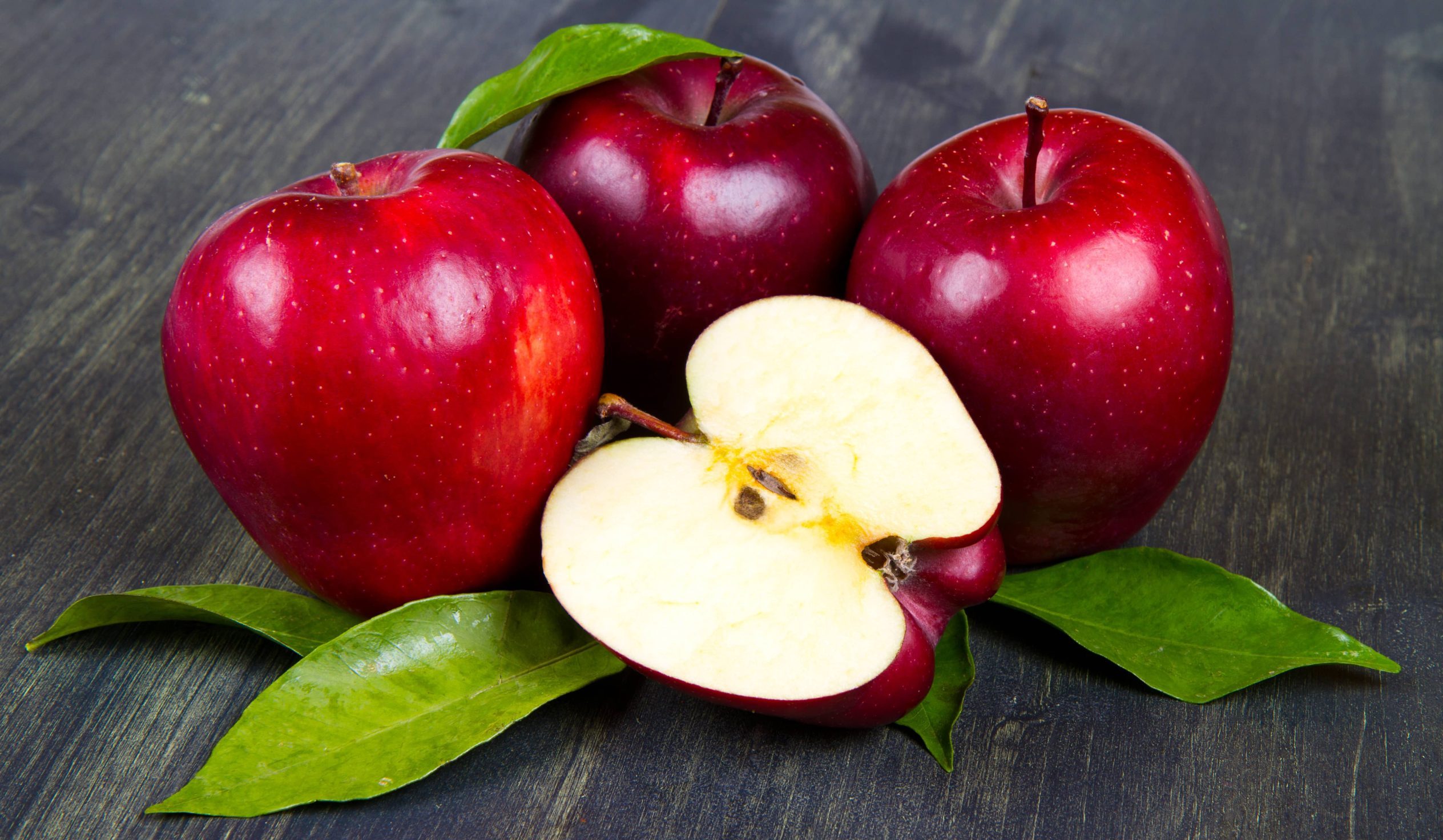
Pesticides in excess are used to eliminate fresh apples from the market
The same holds true for contaminants like heavy metals like cadmium and lead
Pesticide residues pose a serious threat to apples
Because they have an average of 4
4 pesticide residues, including several in high concentrations, they frequently top the Environmental Working Group’s “dirty dozen” lists
It should be noted that shops utilize MRLs that are tougher than those outlined in European legislation in a number of Member States, including the UK, Germany, the Netherlands, and Austria

Factors affecting ripening and post-harvest remedies: Diphenylamine, an antioxidant used after harvest to avoid frost or burn in storage, is another significant issue
Only 0
05 mg/kg of diphenylamine and 0
01 mg/kg of the active ingredient oxadixyl are considered to be acceptable MRLs
Methylcyclopropene’s (or 1-MCP) MRL is 0
01 mg/kg
Although MCP is utilized for storage under regulated conditions, it is seldom ever thought of as a residue
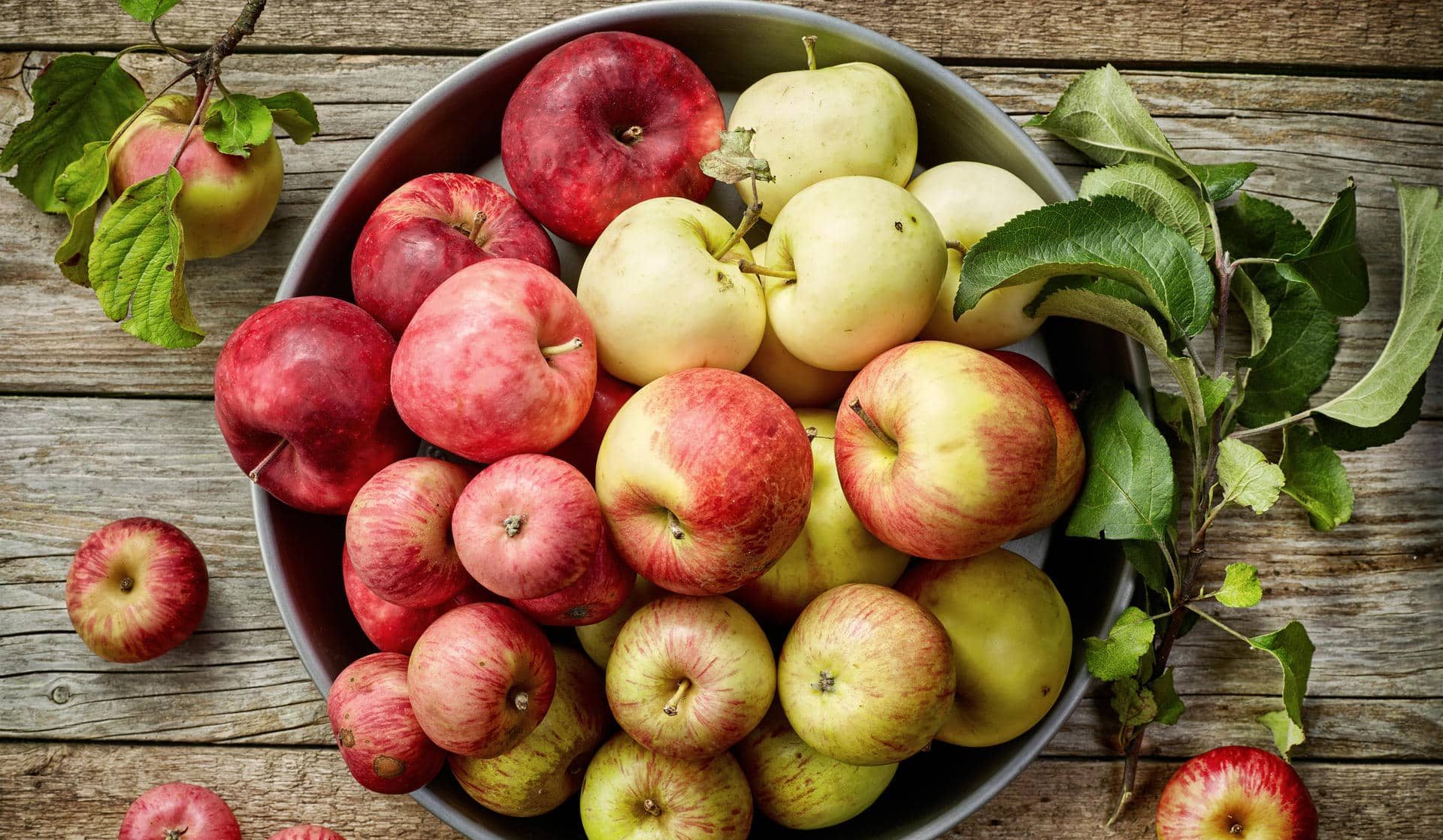
However, recently created tests can identify MCP usage
Wax can be used to clean the apple surface for better preservation
There are only a few options for apples: shellac, carnauba wax, and beeswax (white/yellow)
That was just a very short condition that your product must get them all
Read, search, investigate and then start taking your steps
